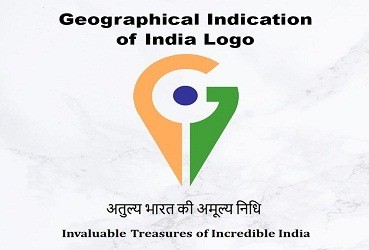7667766266
enquiry@shankarias.in
Why in news?
Recently, the Commerce and Industry Minister unveiled a tricolour logo that is common for all Geographical Indications (GI), with a tagline “invaluable treasures of incredible India”.
What is Geographical Indication?

What are the concerns in India in this regard?
How could a logo help?
What are the challenges ahead?
What should be done?
Source: BusinessLine